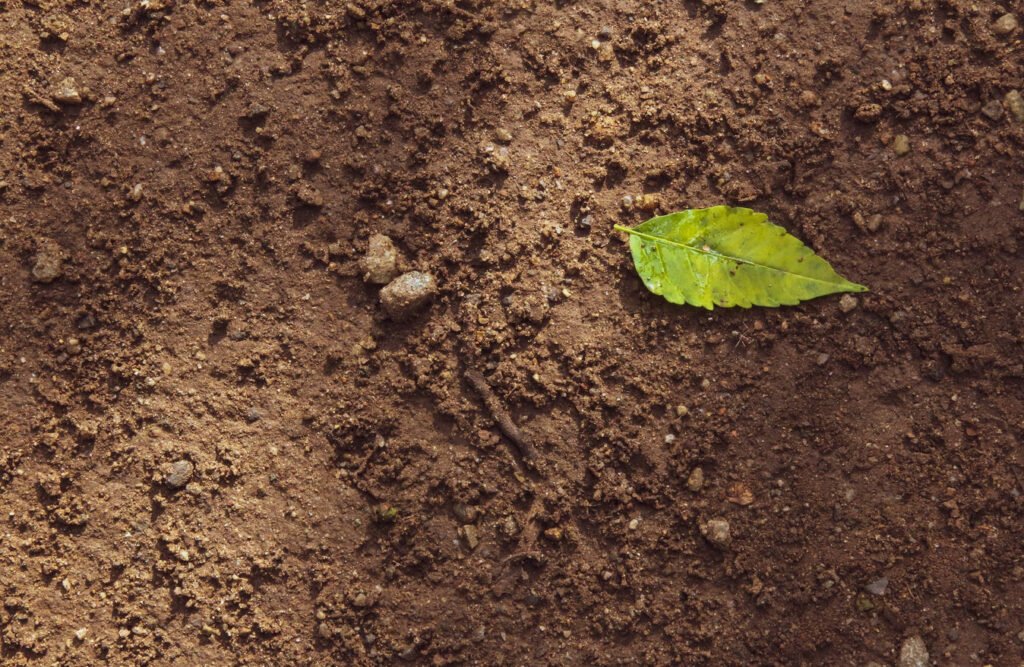Alkaline soils, also known as “sweet” soils, present a unique set of challenges for gardeners. With a pH higher than 7, these soils are common in arid regions like the southwestern United States, where evaporation surpasses precipitation, leading to the accumulation of calcium and magnesium in the soil.
Alkaline soils can significantly reduce the solubility and availability of essential nutrients to plants, posing difficulties for traditional gardening. However, with careful planning and thoughtful plant selection, gardeners can create thriving landscapes that celebrate the unique qualities of alkaline soils.
In this article, we explore effective strategies for working with alkaline soil and cultivating beautiful gardens.
1. Choose Plants Adapted to Alkaline Soils
One of the key strategies for successful gardening in alkaline soils is selecting plant species that are naturally adapted to these conditions. Alkaline-loving plants have evolved to thrive in higher pH environments and are better equipped to handle the challenges of such soils. In the Midwest, consider planting eastern persimmon (Diospyros virginiana) and redbud (Cercis canadensis).
These plants not only tolerate alkaline soils but also bring beauty and diversity to the garden.
2. Lower pH with Compost from Acidic Sources
To gradually lower the pH of alkaline soils and make them more favorable for a wider range of plants, use compost from acidic sources. Compost made from oak leaves, sawdust, or other wood products helps reduce soil alkalinity over time. Incorporate this compost into the soil, which improves its structure and fertility while adjusting the pH.
3. Utilize Raised Beds for Vegetables and Herbs
To create a more suitable environment for growing vegetables and herbs, consider using raised beds filled with compost-rich soil. Raised beds offer better control over soil composition, allowing you to provide a balanced pH level for plants that prefer slightly acidic conditions. This practice also improves drainage, which is beneficial in alkaline soils.
4. Acidify Soil with Pine Needles or Shredded Pine Bark
Mulching with pine needles or shredded pine bark can help acidify alkaline soils over time. These acidic materials gradually release compounds into the soil, reducing its pH and creating a more favorable environment for acid-loving plants. Additionally, mulch conserves moisture and suppresses weed growth, contributing to overall plant health.
5. Regularly Monitor Soil pH
Maintaining the appropriate pH level in alkaline soils is essential for plant health. Regularly monitor the soil pH using a soil testing kit to ensure that it remains within the optimal range for the chosen plants. Adjust your gardening practices accordingly based on the pH readings to maintain a balanced and healthy environment for your garden.
By embracing these strategies and adapting gardening practices to the unique characteristics of alkaline soils, gardeners can create thriving and diverse landscapes.
Alkaline-loving plants bring charm and resilience to the garden, showcasing the beauty of these specialized ecosystems. With patience, care, and a touch of creativity, alkaline soils can become a canvas for cultivating stunning and flourishing gardens that celebrate the wonders of nature’s adaptability.



